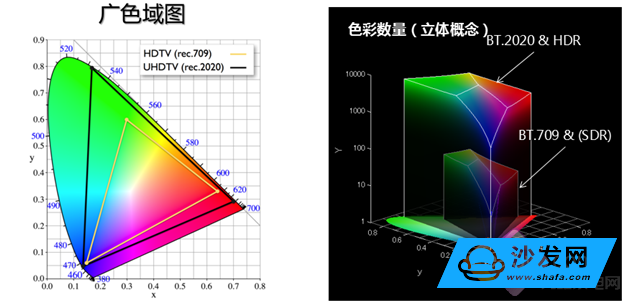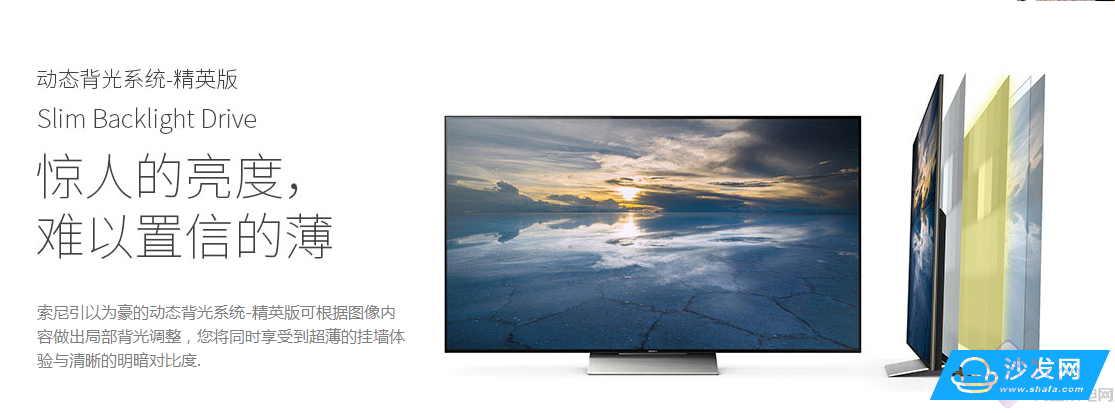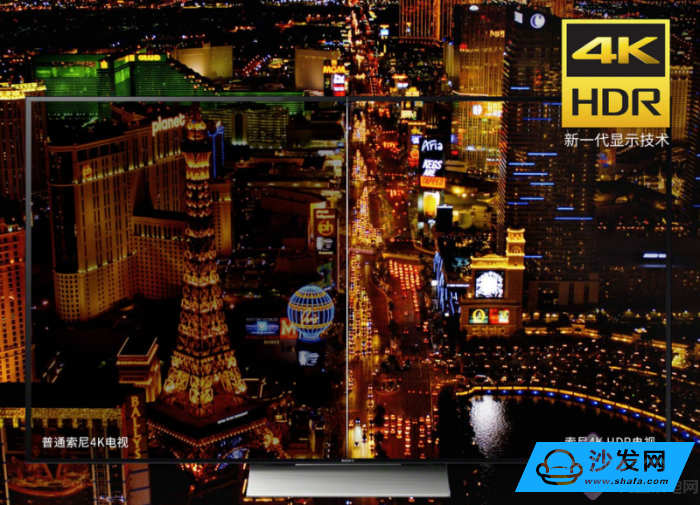The biggest change in Sony's 2016 new TV is the addition of a new 4K HDR, and the use of a new dynamic backlight system to improve the brightness and brightness of the screen display. The flagship model X9300D that we have seen so far is equipped with an elite version of the backlight system. What does it mean for a TV after incorporating HDR and a finer partitioned backlight? Compared with OLED products, “Black TV†that integrates black technology is now the biggest one.
194221kcp4c0lc4figxp5i.jpg" border="0" alt="" />
The word HDR will appear in the public view every two or three days. At present, many of us can see the concept of HDR TV from a technical perspective, mainly through the conversion of SDR signals to a certain degree of HDR. The process of optimizing the effect. The entire HDR range also includes technical support, video resources, and terminal display. Only by satisfying the above conditions can the user see HDR content in front of the TV.
Through the current development direction of Sony TV, it seems that there is no preparation for entering the OLED market in recent years. Continuous research and development in LCD backlight systems, chips, and display technologies also make Sony believe that current LCDs can do better than OLEDs.
·HDR technology integrates growth geometric color number
The video quality is divided into five important elements. Popularly speaking, there are the familiar sharpness, number of frames, color gamut, and grayscale, and there is the brightness dynamic range - HDR. At present, many TVs continue the previous SDR standard. The emergence of HDR technology can make up for the lack of television in the brightness range.

The author has learned that there is a very large span from the 9th power of the highest solar direct shot to the faint brightness of the starlight. The human eye system can basically capture the 10th power range in the large dynamic range. The tenth power range of 5 at the typical value can therefore be said to satisfy the human eye system's perception of the brightness of the real environment as long as it satisfies the 10th power range of 5th power.

The integration of HDR technology is not merely an increase in the brightness range for televisions, but also a significant change in color change. The BT.2020 color space has been defined by the ITU International Telecommunication Union as an image signal color gamut standard for the 4K/8K era. The vertical axis of the display (right image) is the luminance range display on the color gamut chart. We have obtained geometrical, three-dimensional color growth.
· New backlight system for precise light control
The elite version of the dynamic backlighting system has been used for some of the new models introduced by Sony 2016. The Backlight Master Drive, a yet-to-be-launched dynamic backlighting system master, allows the screen brightness to reach the 5th power range of 10, which is also the most advanced backlight at present. Enhanced technology is a very sophisticated backlight enhancement technology.

Backlight system diagram
The master version of the backlighting system uses a high-density LED lamp arrangement, as well as related optical designs that can control LED light bulb overflow problems very well. It is said that the master version of the backlight system has more LED lights than ordinary LCD TVs, so it can exhibit more subtle color change effects.

Image quality technology examples
A large number of LED lights will increase TV energy consumption. The bright screen power consumption of TVs is relatively high. However, in dark areas of the screen, the screen will be relatively low in power consumption. From then on, it can play a very important role in the drive algorithm. Good energy balance. It is reported that in this backlight system and driving algorithm, the overall power consumption level is equivalent to the same size TV model. Compared with other products, Sony HDR TV, backlight technology update is a key point.
Dynamic backlight system master version features:
1. The maximum brightness of up to 4000 nits;
2. The global/local contrast is close to human eye perception.
·Black technology blessing LCD dry OLED
When we compare WRGB OLED TVs with TVs equipped with a master version of the backlight system, we can clearly feel the difference between the two in picture quality. The author saw through the actual comparison, the master of the backlight system TV is more accurate in the color performance, the overall color, the hue is closer to the RGB OLED monitor. Now many commercial TVs are WRGB OLED TVs, that is, adding white light to the RGB color, so there is a gap between the WRGB OLED and RGB OLED in terms of the overall display effect, but RGB OLEDs are difficult to achieve large size, so the current WRGB OLED TV Mostly.
Loading HDR technology, the dynamic backlight system master LCD TV is indeed better than WRGB OLED TV in color accuracy, color is also more pure and natural than WRGB OLED TV. It is also for this reason that Sony believes there is still room for greater use of liquid crystals, and that LCDs will be considered the mainstream for the next few years.
What is the most important thing for HDR TV?
From the point of view of some manufacturers' propaganda, HDR technology is most important for TV integration. Others such as content, playback, etc., are the most important. What are the most important factors for HDR technology?

1. Unicomity: When the connectivity is good enough, it can ensure the correct identification and transmission of HDR signals.
Second, accuracy: no matter how high the performance of the hardware can reach the target, but for the input signal, if it is accurately displayed is a waste of hardware performance;
Third, the hardware performance: This part includes the TV's color gamut, contrast. When the hardware performance is high enough, the color, hue, and gray scale can reach a wider range.
There is another issue that may be of concern to everyone. Is that when HDR resources are extremely scarce, does HDR TV represent uselessness? Actually not, because the effect of ordinary SDR signal conversion to HDR is actually very obvious, although it can not reach the true HDR signal effect, but in fact the effect has been greatly improved.
Kitchenaid Food Processor,Mini Food Processor,Kitchenaid Mini Food Processor,Small Food Processor
JIANGMEN JIANGHAI DISTRICT SHENGHUI ELECTRIC CO.,LTD , https://www.shenghuielectric.com